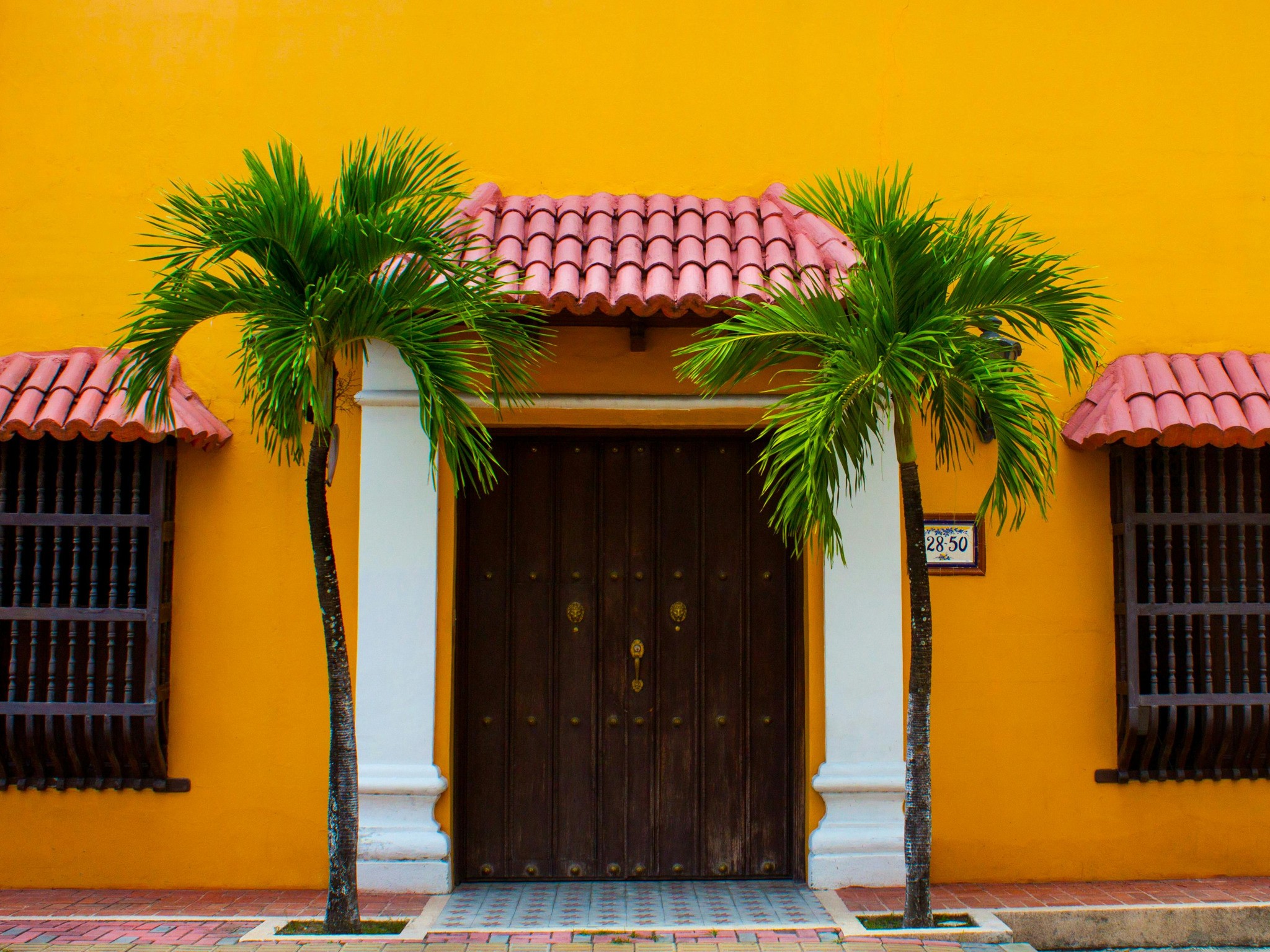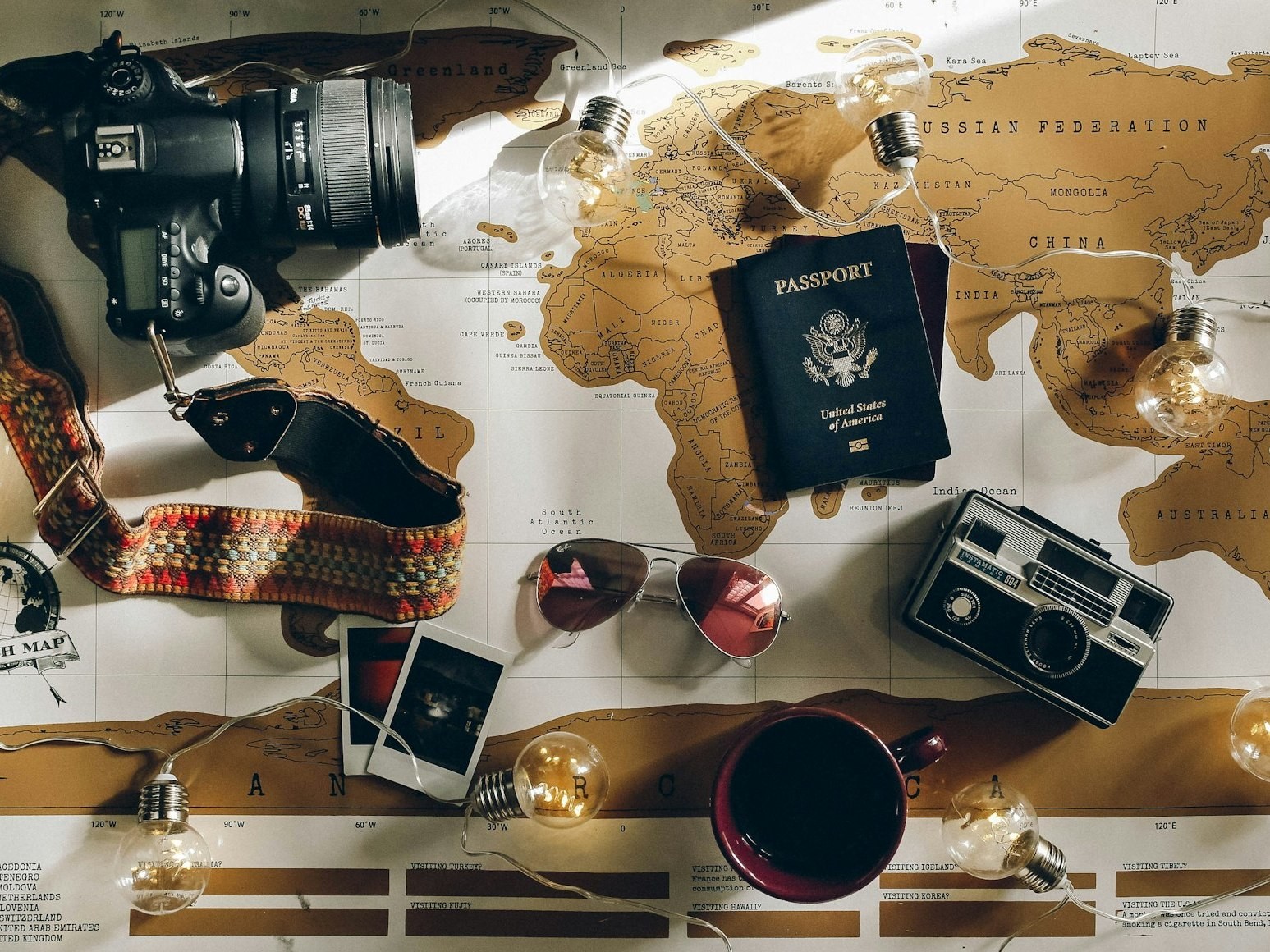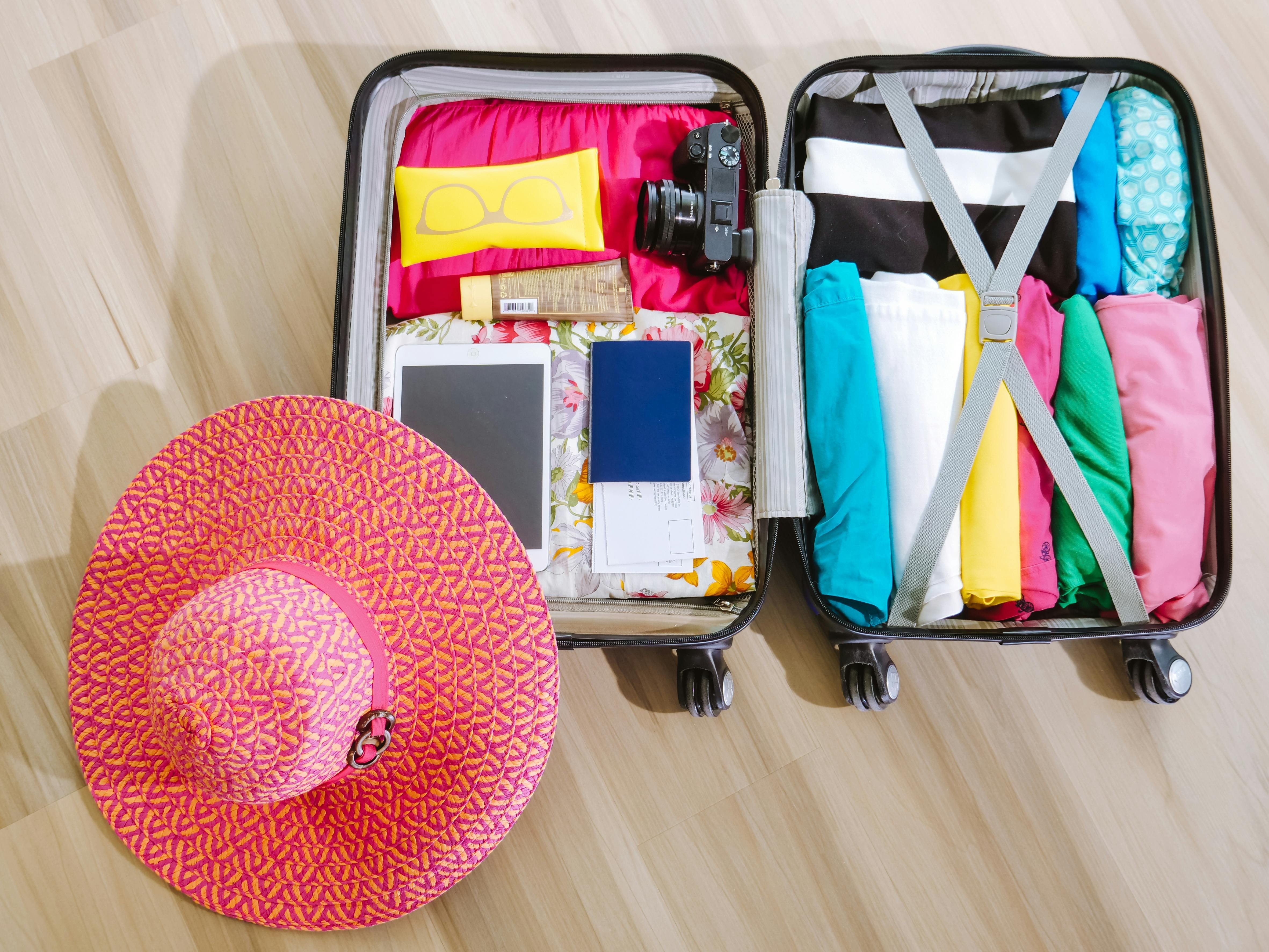Welcome to Colombia!
A Message from Colombia ECOTRAVEL
This travel planner has been carefully crafted to help you prepare for your adventure in Colombia. Inside, you’ll find essential travel information, expert tips, and practical advice to ensure a smooth and enriching experience. Our goal is to make your visit as enjoyable and stress-free as possible, whether you’re a first-time visitor or a seasoned traveler returning to explore more of Colombia’s wonders.
What to Expect from This Guide
This guide is designed to provide you with the key information needed for your trip. It includes recommendations on what to pack, details on local transportation, insights into Colombian culture, and tips for responsible and sustainable travel. We’ve also included useful links to official sources for up-to-date information on visa requirements, health guidelines, and currency exchange.
Because we want this guide to remain relevant and useful, we’ve made it digital so it can be updated regularly. If you have any questions along the way, don’t hesitate to reach out to us—we’re always happy to help!
Why Travel with Us?
COLOMBIA ECOTRAVEL is more than just a tour operator—we’re your gateway to authentic and sustainable travel experiences. Here’s why our travelers choose us:
- Authentic Experiences: We prioritize eco-friendly, community-based tourism that allows you to connect with local cultures and traditions while minimizing environmental impact.
- Personalized Service: Our dedicated team ensures that your trip is tailored to your interests and travel style, from private guided tours to seamless logistics.
- Local Expertise: Our knowledgeable guides and travel specialists are passionate about sharing Colombia’s history, biodiversity, and hidden gems with you.
- Sustainability Commitment: We actively support conservation initiatives and responsible tourism practices that protect Colombia’s unique ecosystems and benefit local communities.
We’re thrilled to be part of your journey and can’t wait to welcome you to Colombia. Let’s start planning your adventure!


